The future of craft in fashion is looking hopeful

Speaking backstage just after he wrapped his spring/summer 2024 show in Milan this past September, Bottega Veneta creative director Matthieu Blazy waxed enthusiastically about craft. His collection was a showcase for the Italian house’s tradition of handwork and tailoring, punctuated by pieces like a crochet dress decorated with raffia pom-poms individually knotted to its surface. The accessories featured leather-crafting techniques such as Bottega Veneta’s signature Intrecciato weave, but with updates like reversible textured strips of leather that mimicked banana leaves on bags and sandals. “Those are very small details, but for us they’re meaningful,” Blazy later explained. “It’s about saying, ‘Where can we push savoir faire? And how do we try to innovate?’ Where people call craft ‘dusty,’ I think it’s the opposite. It’s a world of possibilities.”
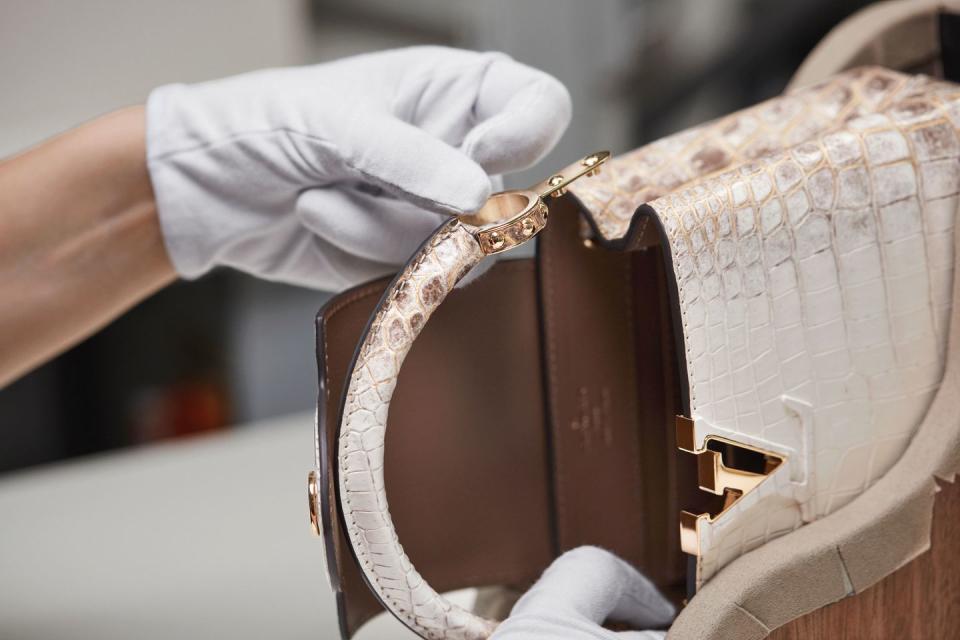
There’s something magical about putting on a garment or an accessory that has been touched by a human hand. It gives life to the piece and awakens something in the wearer: a hyperawareness of the care and attention that went into creating it.
Craft was at the heart of a number of spring collections, from the patchworked and distressed leather at Prada to the reconstructions of upcycled garments at Balenciaga, exaggerated embellishments at Loewe, and baroque lace patterns at Valentino. Meanwhile, Tod’s staged its show at the Laboratori Scala Ansaldo, which has employed a number of the house’s master artisans. In France and Italy, the element of craft has long been central to high fashion, be it through the premieres of the Paris ateliers — couture masters who have spent decades training in skills like tailoring and embroidery — or the cobblers and leatherworkers who construct shoes, bags, accessories, and other items to exacting specifications and standards. These highly specialised skills have historically been passed down, for the most part, through apprenticeships and even families and are essential to the rarefied auras that surround the products themselves.
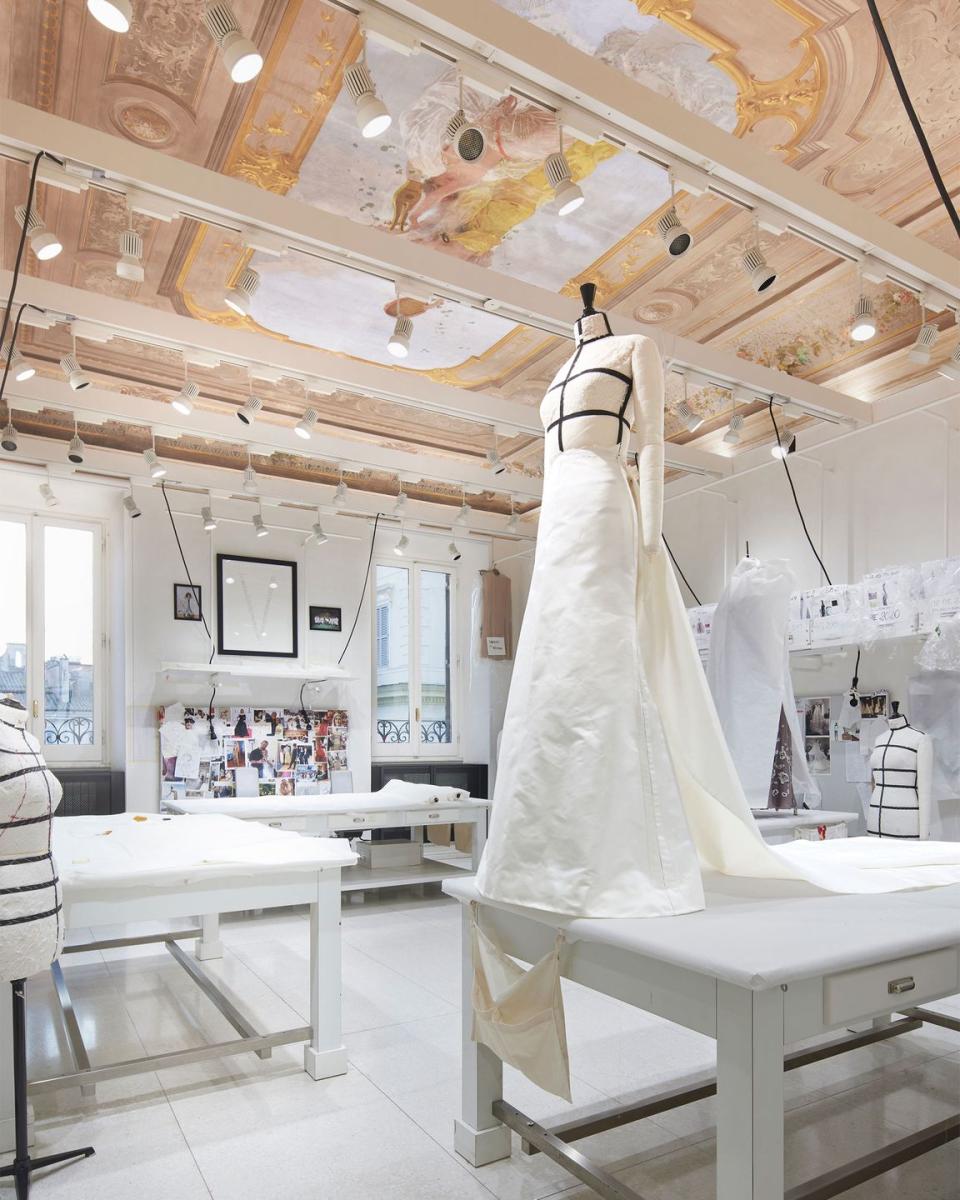
That tradition of craft is now at a crossroads. As with other industries, fashion has had to adapt in the face of technological innovation, economic uncertainty, and the demands of our global, automated, algorithmic world. Over the past two decades, this has led many luxury brands to put more focus on areas of their businesses that increase efficiency and extend their reach. A generation of older artisans and tradespeople has also begun to age out of the workforce. At the same time, opportunities for younger craftspeople to gain the experience required to work at a big brand or house — which can take years to accrue through low-paying internships and apprenticeships — have become increasingly scarce. This and other factors, like the rising cost of living, have conspired to both hamper the pipeline for talent and impact who can afford to pursue the life of an artisan, rendering the prospect of such a career unviable for many. According to a recent report by Comité Colbert, a trade association that represents more than 90 French luxury houses, about 20,000 jobs involving artisanal work in fashion were vacant at the end of 2022. Work, though, is now being done to fill those roles. Luxury conglomerates like Bottega Veneta’s parent company, Kering, and LVMH and houses such as Chanel, Prada, and Valentino are taking steps to empower a new generation of makers to be stewards of these highly specialised traditions and propel them into the future.
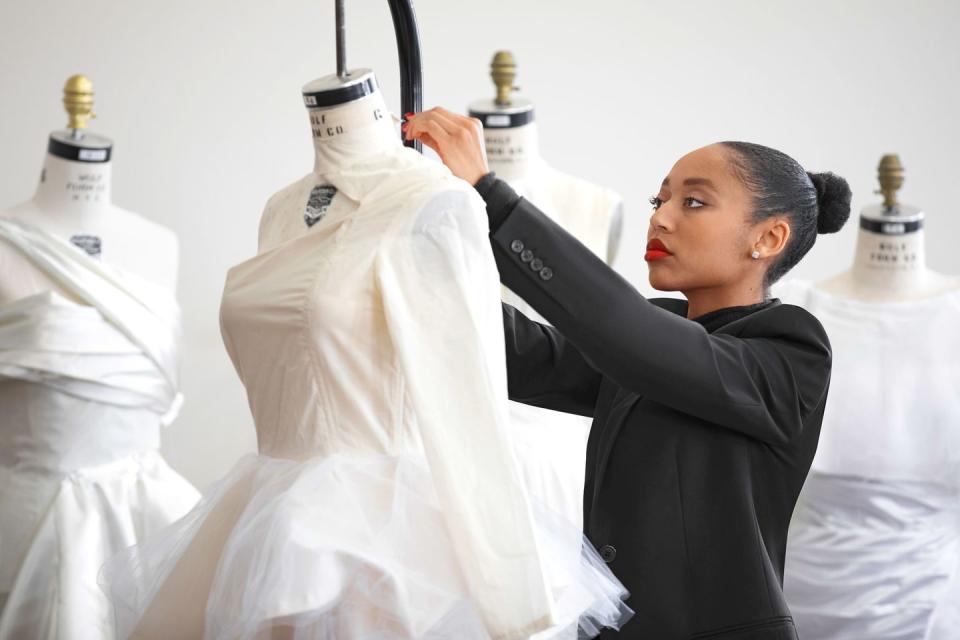
Not long after Blazy’s show in Milan, Bottega Veneta announced the opening of Accademia Labor et Ingenium, or Academy of Craft and Creativity, in Italy. Based between the house’s atelier and a manufacturing site in the Veneto region, the academy welcomed its inaugural class of 50 students to a comprehensive training program in the house’s traditional modes of craft-making as well as business-related instruction in October. There is also an innovation-based program for existing employees. “The intention is to nurture artisanal craftsmanship for both new and established employees, as well as external students, and to protect the unique artisanal savoir faire,” says Bottega Veneta’s head of leather-goods product development, Barbara Zanin, who oversees the academy. “Knowledge-sharing across generations is a key part of the school’s ethos, with master artisans passing on their experience and skills to younger students.”

Other heritage houses have implemented their own initiatives. Dior, part of LVMH, has a long-standing relationship with the Chanakya School of Craft in Mumbai, which has done much of the embroidery work for designer Maria Grazia Chiuri’s collections. Loewe has several similar projects, including the Loewe Foundation Craft Prize competition, now in its seventh edition, which supports independent artisans through funding. This month, the Spanish brand will unveil an exhibition in Shanghai on the history of its in-house craftwork. Prada’s Prada Group Academy functions as an internal school with master classes and in-studio training, including programs on sustainability, product development, and more technologically advanced modes of creating, like 3D printing. Valentino’s La Bottega dell’Arte is a nine-month course in which participants learn techniques in-house under a former premiere and create and present their own work to the house’s creative director, Pierpaolo Piccioli. Chanel’s approach has been to acquire and help sustain smaller independent workshops, like the Scottish cashmere manufacturer Barrie and French embroiderers Lesage, creating special collections under the house’s Métiers d’Art initiative, established in 1985 to preserve and support craft traditions.
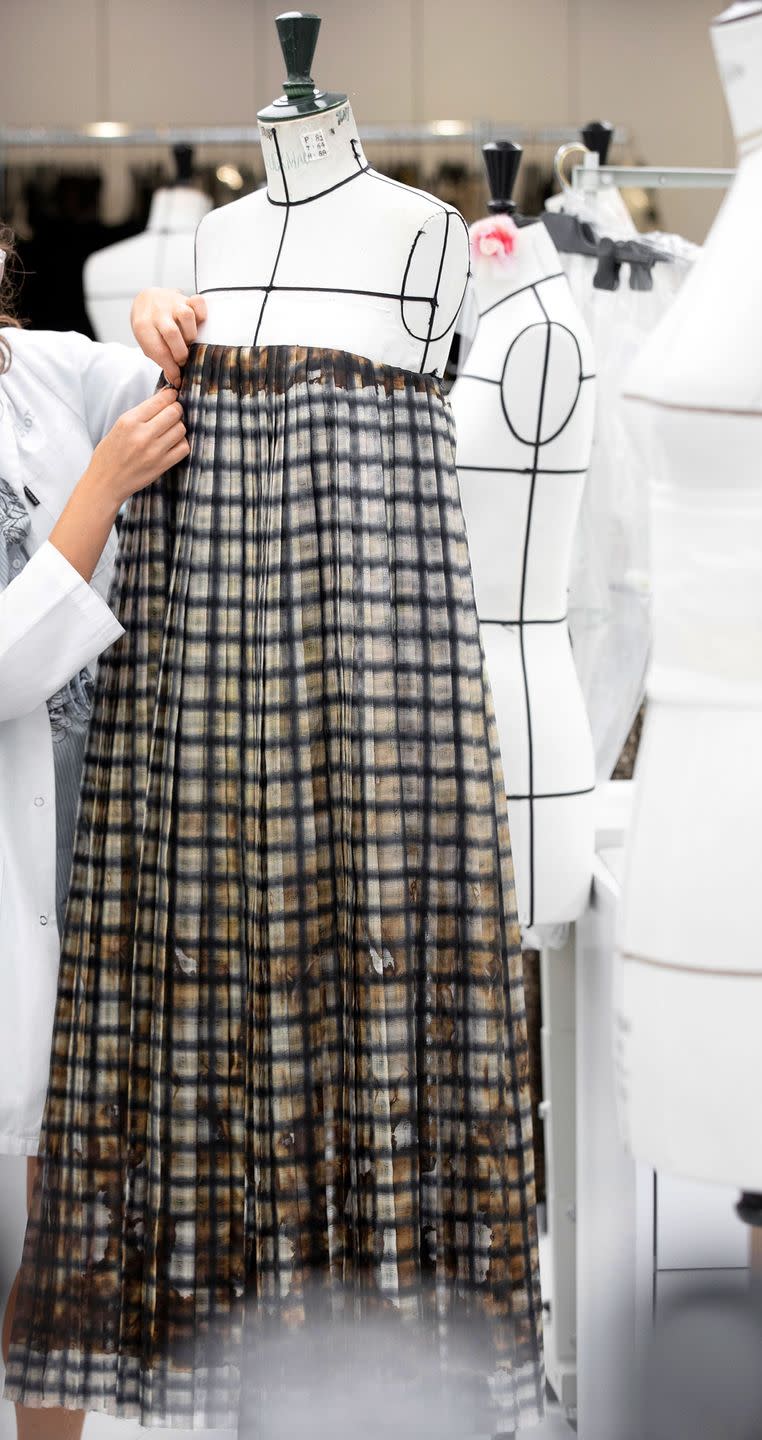
Last autumn, LVMH announced the development of a new centre for craftsmanship in Paris, set to open in 2025. The building will house part of LVMH’s 10-year-old creative vocational work-study program, the Institut des Métiers d’Excellence, and be open to the public. Last year, the company also launched a new career-path program through Tiffany & Co., which LVMH acquired in 2021, in partnership with the Rhode Island School of Design. According to LVMH Métiers d’Excellence director Alexandre Boquel, the demand for the kind of training and exposure they are providing is high. “The new generation of artisans that we see applying to work at the maisons seems to have regained an interest in manual professions,” he says.
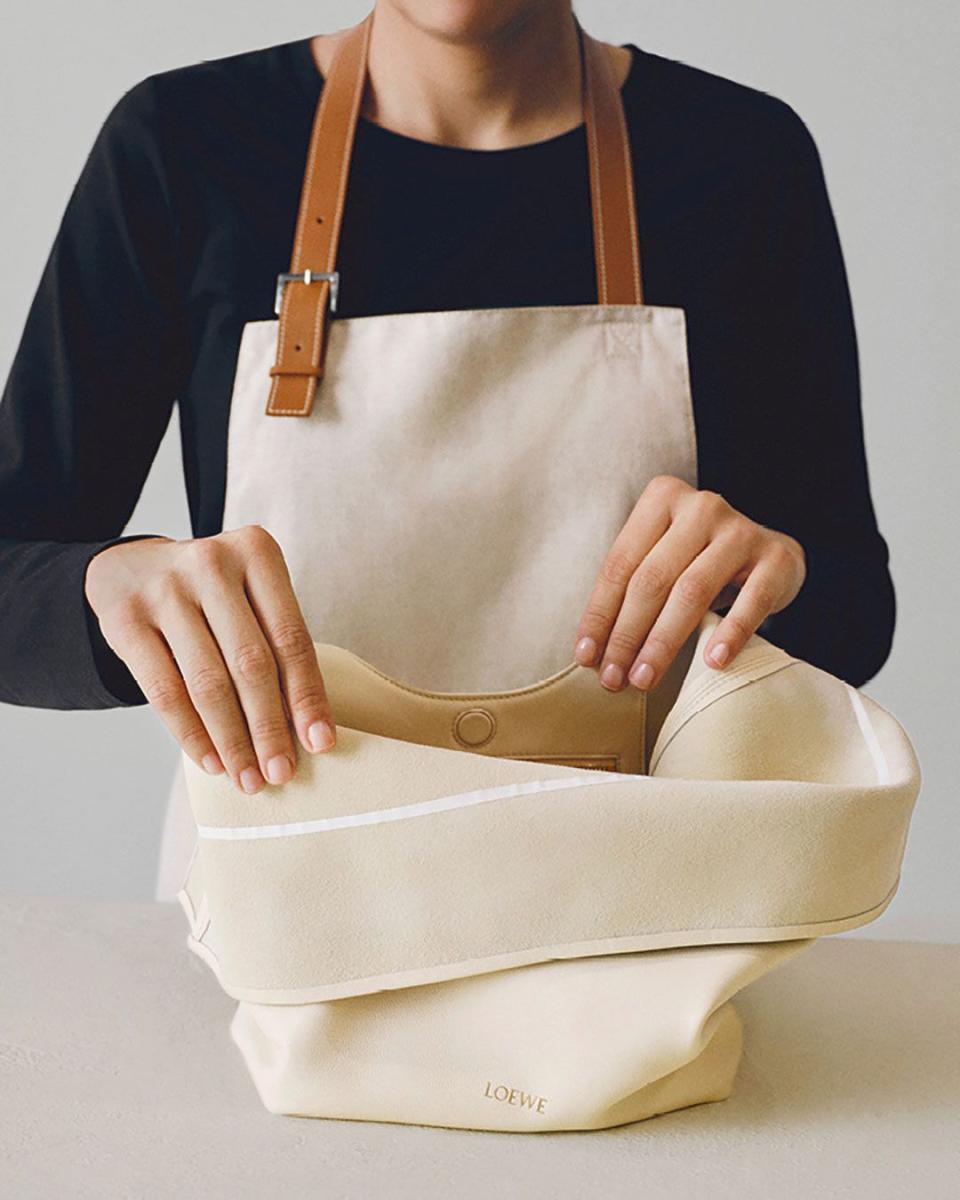
This renewed interest in physical craft is a shift that has also become apparent at design schools, where curriculums have, over the years, de-emphasised that kind of work. “That’s something we haven’t seen for a while,” says Dirk Standen, dean of the School of Fashion at the Savannah College of Art and Design. It’s also, Standen says, being done with an eye toward entrepreneurship: “As always, we have students who go to work at Puma or Nike or Louis Vuitton when they graduate, but we also have a number of students who are planning to apprentice at small artisanal brands in Japan or Italy with a view to start their own specialist labels.”
Nevertheless, it can still be difficult for young makers to navigate these specialised trajectories, either because they’ve never been made aware that this is a viable career option or the opportunities simply haven’t existed in the past. Kenneth D. King, who teaches haute couture design and techniques at the Fashion Institute of Technology in New York, also points out that our current fascination with celebrity designers and fashion reality shows has helped reinforce the idea that the more visible and famous you are, the more successful you’ll be. “The people who practice the craft to create these luxury goods aren’t visible and are regarded as secondary to the process,” he explains. “The real work of creating couture — patternmaking, construction, tailoring, couture embellishments — seems to be left out of the picture.” But, he adds, “the people behind the scenes are key. You are limited by the ability and knowledge of your staff. Unless you can execute the entire design from sketch forward, as [Cristóbal] Balenciaga was able to do, you need these people to realise an idea.”
You Might Also Like


